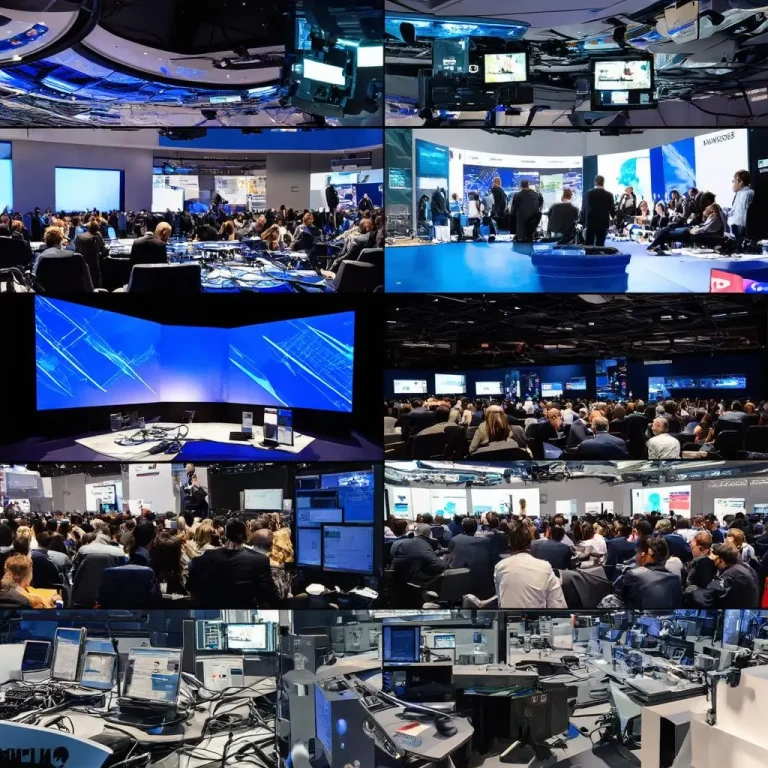 Cinematographer Adam Newport-Berra (“Good Fortune”, “The Bear”, “Euphoria”) emerged from the 2025 Emmy season with a statuette celebrating his Outstanding Cinematography for a Half-Hour Series on Apple+ hit “The Studio”. This is hardly the first distinguished project where Newport-Berra’s cinematography brings a complex vibrancy to the overall look. His electrifying work across television, feature films, and music videos is setting a new benchmark in filmmaking today.
Cinematographer Adam Newport-Berra (“Good Fortune”, “The Bear”, “Euphoria”) emerged from the 2025 Emmy season with a statuette celebrating his Outstanding Cinematography for a Half-Hour Series on Apple+ hit “The Studio”. This is hardly the first distinguished project where Newport-Berra’s cinematography brings a complex vibrancy to the overall look. His electrifying work across television, feature films, and music videos is setting a new benchmark in filmmaking today.
Zeiss is Newport-Berra’s frequent lens choice, from his earliest days at New York Film School to recent cultural juggernauts like “The Studio”, “The Last Black Man in San Francisco”, “The Bear’s” look-setting pilot, and Kendrick Lamar’s genre-defying music videos. “I came up using Zeiss Super Speeds, Standard Speeds, Ultra Primes, and Master Primes,” Newport-Berra shares. “I love the resolve and the contrast of Zeiss lenses. They have this realness, but also a dreamlike quality. You can feel the three-dimensionality––it’s sharp, but never too sharp.”
“The Studio” One Lens Approach
In a bold move, all ten episodes of Emmy-bedecked “The Studio” season one relied on the ARRI Alexa 35 and a 21mm Master Prime lens. “We wanted to shoot the entire show with one lens just to create a consistent point of view,” the cinematographer explains. “I think that streamlining our choices often creates better and more interesting decisions.” In a show that luxuriates in long shots, the resulting immersive look brilliantly balances distortion-free tight frames that move into lively, fast-paced wides.
This single-lens approach is never more on display than the Emmy-winning episode “The Oner.” The aptly named installment is the delightful paragon of a oner-shot, made even more special by its self-referential satire of a crew trying disastrously to shoot a sunset oner. As the on-screen crew grows increasingly desperate to get the shot, Newport-Berra and the real film crew flawlessly pull off a one-episode one-shot (albeit with a few stitches). The camera weaves from interiors to exteriors, all while keeping pace with stunts and gags. “The Master Primes are sharp lenses, but the Alexa 35 sensor is a bit softer and rounder. Together they feel very organic,” Newport-Berra describes. “You can get right up in someone’s face, or you can shoot at a 1.3 wide open, and it’s still sharp. The 21mm lens was a solid workhorse that produced beautiful results.”
“The Master Primes are sharp lenses, but the Alexa 35 sensor is a bit softer and rounder. Together they feel very organic,” Newport-Berra describes. “You can get right up in someone’s face, or you can shoot at a 1.3 wide open, and it’s still sharp. The 21mm lens was a solid workhorse that produced beautiful results.”
Newport-Berra is certainly not afraid to let a shot ‘live.’ This tendency winds its way into his work on pilots for shows like “The Bear” (shot with Zeiss Super Speeds), defining a riveting, real-time tension which has become part of the television zeitgeist.
“The Last Black Man in San Francisco”
Premiering at Sundance in 2019, “The Last Black Man in San Francisco” follows a young man, Jimmie Fails, trying to reclaim his grandfather’s Victorian home despite the tide of gentrification sweeping up the city around him. Newport-Berra partnered with director/producer Joe Talbot to create a landscape rich with details. There’s a touch of a fairytale to the immaculate Victorian house, while near-constant fog and haze give San Francisco an oppressive allure.
“I love photographing a world that feels very unique and specific to the point that I don’t have to add any smoke and mirrors for it to look incredible,” says Newport-Berra. San Franscisco as captured by the filmmakers, seems to listlessly shrug off its storied history of diversity and art as the influence of tech-prosperity takes over.
“On ‘The Last Black Man’, we really fell in love with using the 27mm. The Master Primes help elevate the look of the film.” he explains. “The lenses have a nice contrast and a beautiful fall-off. They feel very real but dreamy while also being quick to work with. It was a scrappy production, and we were shooting very fast.” The adroit camera package suits the drama’s themes of changing landscape and identity.
Behind the Lens for Kendrick Lamar
Kendrick fans may be familiar with Newport-Berra’s behind-the-camera work on the iconic videos: “N95,” “We Cry Together”, “Count Me Out,” and “Luther.” The films, directed by Lamar’s creative partner Dave Free, span diverse imagery and styles. From the one-shot short film “We Cry Together” that devastatingly confronts trauma in relationships, to the quick cuts and ephemerally brief sequences of “N95,” Newport Berra pushes visual boundaries while once again relying on just one lens.
“The 27mm Master Prime is my favorite lens,” he states. “I shot every Kendrick Lamar music video on it. It is like an old friend.” The resulting videos each evolve cryptic visual symbolism into highly conceptual work. “It wasn’t about making a music video,” he says of the collaboration. “It was about making lasting images that people thought and talked about.” The work showcases an outstanding approach to lingering sequences and an ability to command camera movement across both intimate moments and wide, environmentally dominated frames.
“For me, anything I work on needs to pose a question about why we’re here and what we’re doing with ourselves,” Newport-Berra concludes. “I tend to fall in love with a lens and build a language around it.”
“The Studio’s” “The Oner” episode and Kendrick Lamar & SZA’s “Luther” are both in contention for the 2025 Camerimage competition series.
Watch Adam Newport-Berra’s full conversation and find more insights from leading filmmakers on the ZEISS Conversations YouTube channel.
- WIM 8th Annual Holiday Toast to Honor Mandy Walker, ASC, AM, ACS, Ashley Nicole Black, & Krystina Figg - November 17, 2025
- Unforgettable Cinematography of Adam Newport-Berra with ZEISS Lenses - November 17, 2025
- Thomas Secures “Friends and Lovers” Moving Lights Using MSE Cotone Mount - November 17, 2025





















